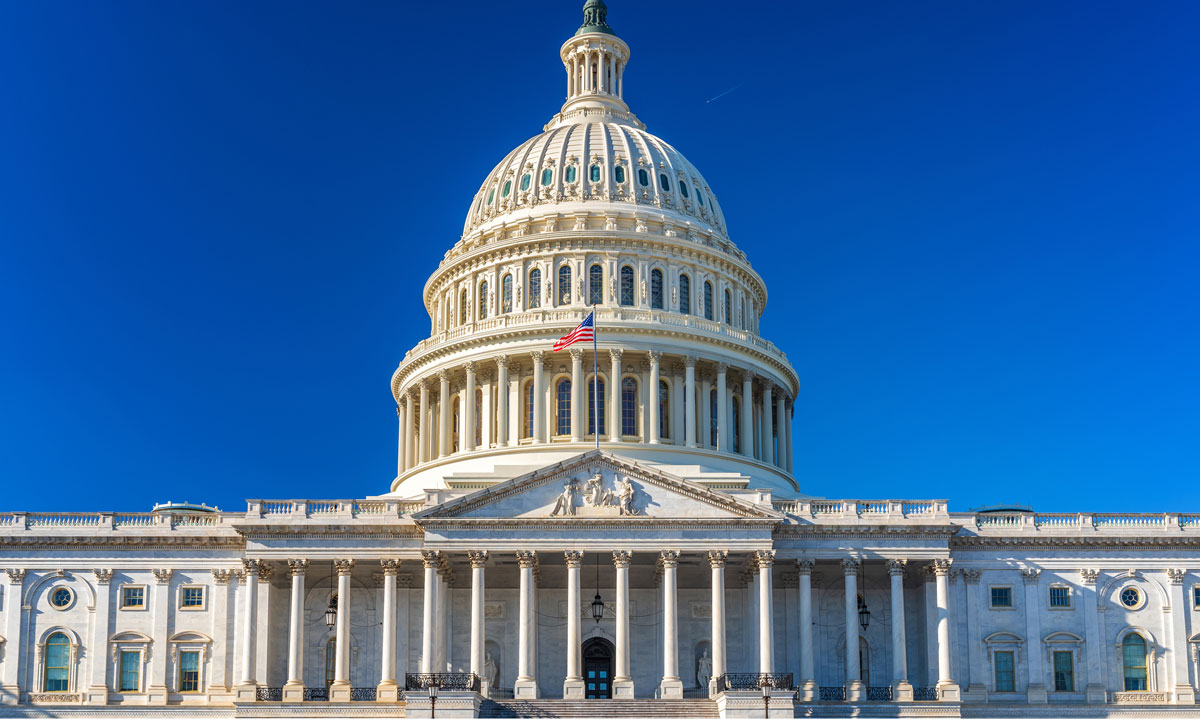Why Congress Should Extend Social Security to All Teachers
Aldeman: 40% of school workers aren't in the system. Swapping pensions for full coverage would be fairer, and many employees would be better off.

Get stories like these delivered straight to your inbox. Sign up for The 74 Newsletter
Did you know that 40% of public school teachers and other education employees aren’t covered by Social Security? That is bad for the affected workers, who miss out on potential benefits. But it also complicates the program for the rest of us.
But instead of solving this problem, the House of Representatives may soon consider a bill that would repeal two provisions designed to preserve fairness in the Social Security formula. If passed, the measure would provide a financial windfall to retirees like former teachers and school superintendents who already have a healthy pension to fall back on. And it would cost taxpayers $196 billion over the next 10 years.
The rules are complicated, so an example might help. Imagine a hypothetical California teacher. Like most educators in states like Ohio, Texas and Massachusetts, and over two-thirds of police officers and firefighters, California teachers don’t participate in Social Security. Our hypothetical teacher doesn’t pay the 6.2% Social Security payroll tax on income, and her school district doesn’t pay the employer portion, either.
Instead, these workers rely solely on their state-provided pension benefits. That deal works out well for people who are willing to stick around for the 20 or 30 years needed to vest in the system, but most workers will not.
Let’s say our California teacher lasts 25 years. She won’t qualify for a Social Security benefit, but her state pension will pay half the salary she earned as an educator. Depending on her age, she could live for as many years in retirement as she taught, meaning her pension benefit could easily pay out more than $1 million by the time she dies.
But say our hypothetical teacher doesn’t completely retire. Let’s assume she works for 10 more years as a yoga instructor. She earns less than she did as a teacher, and both she and her yoga studio must pay payroll taxes on her earnings.
Now, she’s eligible for Social Security on top of her teacher pension. When she goes to file for benefits, the Social Security Administration asks if she has a government pension and, if so, how much it is worth.
If it didn’t ask, the Social Security Administration would assume the former teacher was only a relatively low-paid yoga instructor, not a pensioner. Because Social Security is progressive and replaces a higher percentage of earnings for lower-income workers, she could potentially qualify for the same benefit as someone with much more limited means — and no pension to fall back on.
Beginning in the 1970s and ’80s, Congress decided this wasn’t fair. In response, it created the Windfall Elimination Provision for workers who split their careers in and out of Social Security. A separate provision, the Government Pension Offset, applies to spouses in households with split coverage.
Congress also put in place protections ensuring that not all employees with split coverage face a penalty. For example, the windfall provision cannot reduce someone’s Social Security benefit by more than half of their government pension.
This rule, in effect, protects the vast majority of workers with split coverage. When the Social Security Administration ran the numbers in 2019, it found 19.6 million retirees who had worked a portion of their careers in state and local government positions without Social Security coverage. But thanks to this rule, 18 million of them (92%) faced no penalty at all.
That left about 1.6 million retirees who did face a penalty. Like our hypothetical teacher, these people might be surprised — and angry — when they file for Social Security and discover their benefits will be reduced. But remember, these are people who already qualify for a substantial pension from their years of government service. They aren’t billionaires, but they aren’t exactly impoverished, either. It wouldn’t be fair to give them the same Social Security benefits as a low-income worker without a pension.
Legislation to repeal the two provisions has 62 co-sponsors in the Senate, and House members have already filed a petition to get their version out of committee and onto the floor for a vote. Given a busy congressional schedule, an article from the Federal News Network suggests that likely couldn’t happen before November.
But repealing the two provisions would be a costly, unfair mistake. And there’s a better option: Make Social Security coverage mandatory for all. That would simplify the program for everyone and remove the need for the two provisions.
Unions representing teachers and other workers affected by the windfall provisions are behind the recent push to repeal them. At the same time, these groups oppose efforts to make Social Security coverage mandatory in the public sector, as it is for all private-sector employees.
But extending Social Security coverage to all state and local government employees would help the workers who need it the most. Research by myself and others has found that many employees who lack coverage, especially lower-income workers, would be better off if they participated in Social Security than they are relying solely on their state pension plan.
If Congress wants to help teachers and other public workers, it should extend mandatory Social Security benefits to the public sector. No more split Social Security coverage, no more windfall provision or offset. Full Social Security participation — including taxes and benefits — for all.
Get stories like these delivered straight to your inbox. Sign up for The 74 Newsletter


